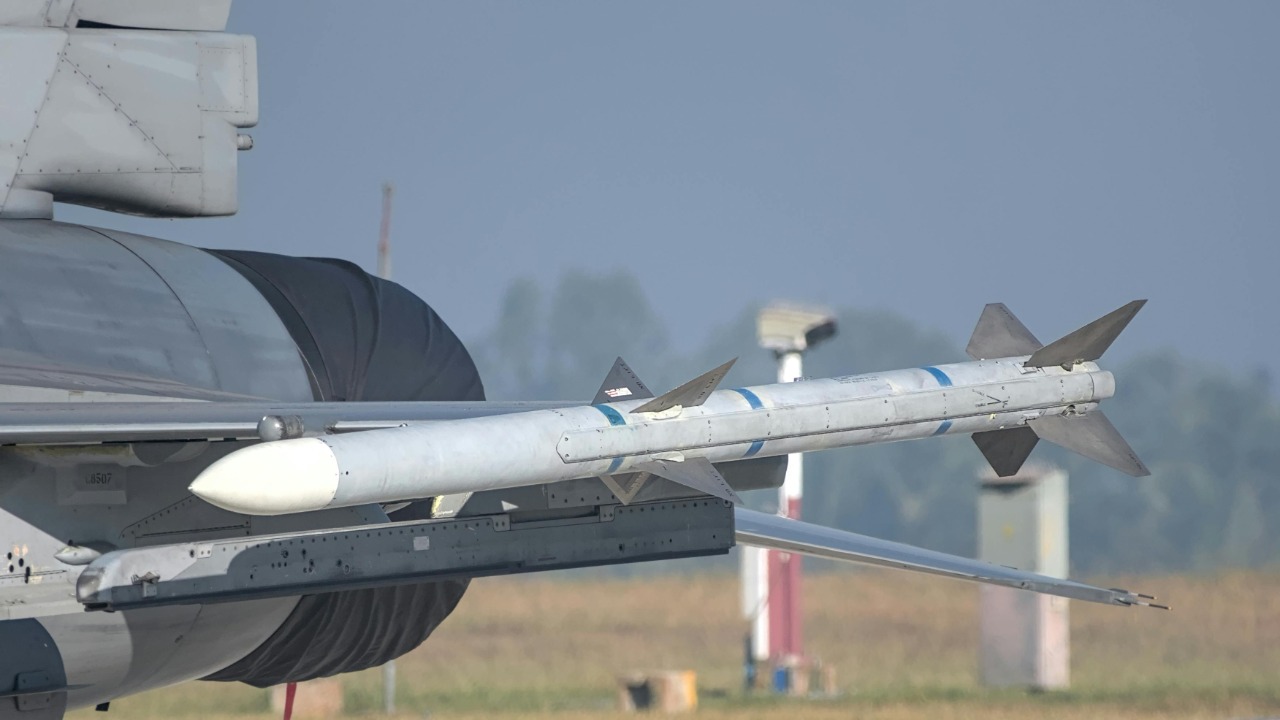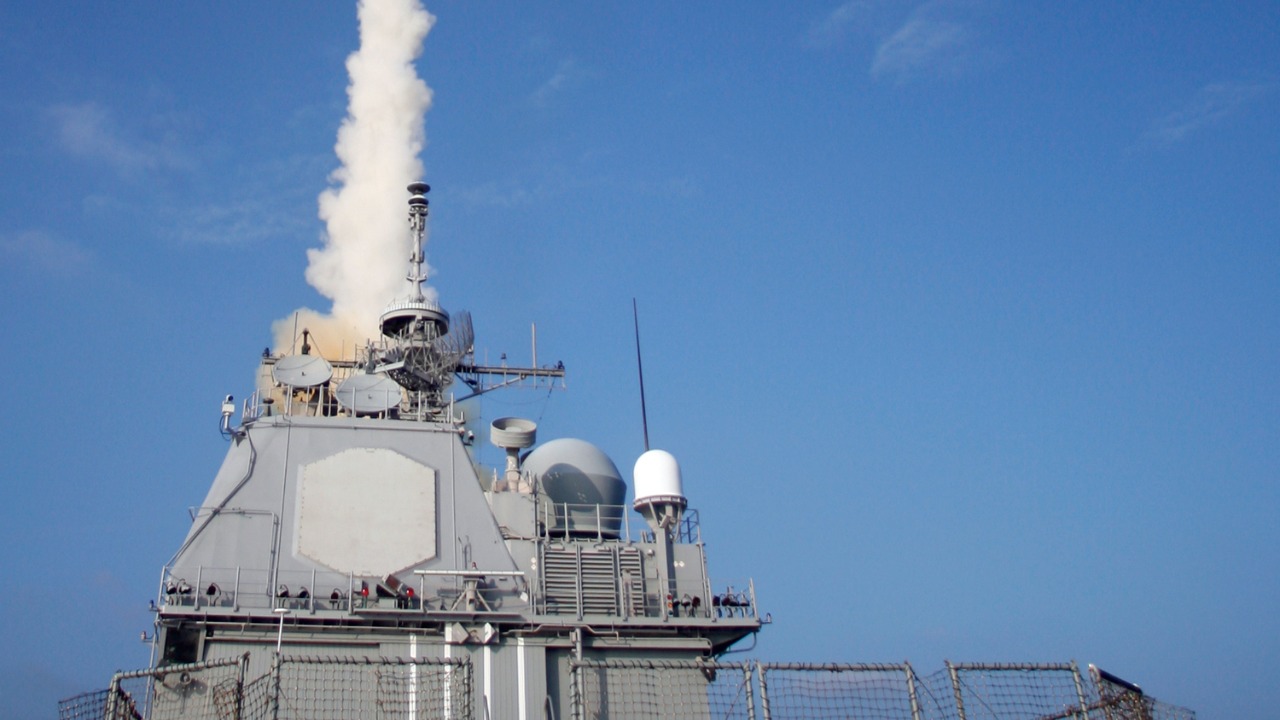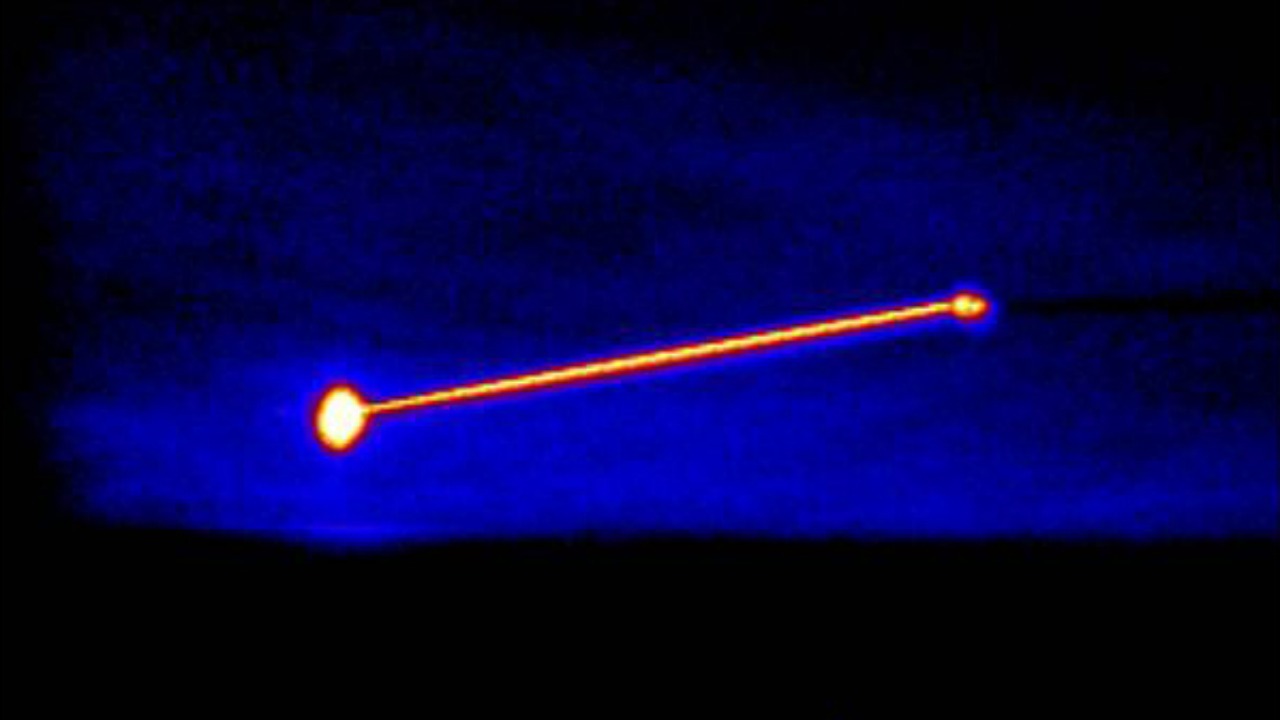
Missile systems are supposed to represent the pinnacle of military technology, designed to ensure defense and strategic superiority. However, not all of them live up to expectations. Here are six missile systems that, despite their promising designs, failed spectacularly in practice.
Patriot Advanced Capability-3 (PAC-3)

The Patriot Advanced Capability-3 (PAC-3) was the upgraded version of the earlier Patriot systems, designed to intercept incoming threats with greater precision. However, its performance has been marred by several technical issues. The PAC-3 faced challenges in differentiating between actual threats and friendly targets, leading to unintended consequences during operations. Moreover, its effectiveness in real combat situations, particularly during the Iraq War, was called into question due to its failure to intercept several missiles.
Despite these shortcomings, efforts to enhance the system continue. However, the initial failures have left a lasting impression, highlighting the complexities involved in missile defense technology.
Lockheed Martin AGM-158C LRASM

The Lockheed Martin AGM-158C Long-Range Anti-Ship Missile (LRASM) was designed to provide a stealthy, precision-guided weapon for targeting enemy ships. Unfortunately, the LRASM’s development encountered significant hurdles, including issues with its guidance systems and operational reliability. These problems delayed its deployment and raised concerns about its effectiveness in contested environments.
While the LRASM eventually overcame many of its initial setbacks, its early failures serve as a reminder of the difficulties in developing advanced missile systems. The lessons learned from these challenges continue to shape modern military strategies and technologies.
Raytheon Standard Missile-3 (SM-3) Block IIA

The Raytheon Standard Missile-3 (SM-3) Block IIA was a joint U.S.-Japan project intended to enhance ballistic missile defense capabilities. Despite its ambitious goals, the system encountered multiple test failures that undermined confidence in its performance. Notably, it failed to intercept targets during several crucial tests, raising questions about its reliability.
These setbacks have prompted ongoing efforts to refine the SM-3 Block IIA. Although progress has been made, the initial failures highlighted the complexities of intercepting advanced ballistic threats and the need for continuous improvement in missile defense systems.
R-39 Rif (SS-N-20 Sturgeon)

The R-39 Rif, known by its NATO designation SS-N-20 Sturgeon, was a Soviet-era submarine-launched ballistic missile. Despite its impressive specifications, the R-39 faced numerous technical difficulties, including issues with its solid-fuel propulsion system. These problems led to several failed test launches and limited its deployment within the Soviet Navy.
Ultimately, the R-39 was retired in favor of more reliable systems. Its failure underscores the challenges of developing complex missile technologies during the Cold War era, where rapid advancements often outpaced reliability.
Boeing YAL-1 Airborne Laser

The Boeing YAL-1 Airborne Laser was an ambitious project aimed at using a high-energy laser mounted on a modified Boeing 747 to intercept ballistic missiles. Although it successfully demonstrated the ability to shoot down missiles in controlled tests, the program was plagued by technical limitations and high costs.
In 2011, the project was canceled due to these issues, as well as concerns about its operational effectiveness in real-world scenarios. Despite its ultimate failure, the YAL-1 laid the groundwork for future directed-energy weapon systems, showcasing both the promise and pitfalls of cutting-edge military technology.
AGM-129 Advanced Cruise Missile

The AGM-129 Advanced Cruise Missile was designed to be a stealthy, long-range nuclear cruise missile capable of penetrating sophisticated enemy defenses. However, the program faced numerous setbacks, including technical difficulties and budget overruns. These issues delayed its deployment and ultimately led to its early retirement.
Despite its potential, the AGM-129’s operational challenges highlighted the risks associated with developing advanced stealth technology. Its failure serves as a cautionary tale for future missile development programs, emphasizing the importance of balancing innovation with practicality.